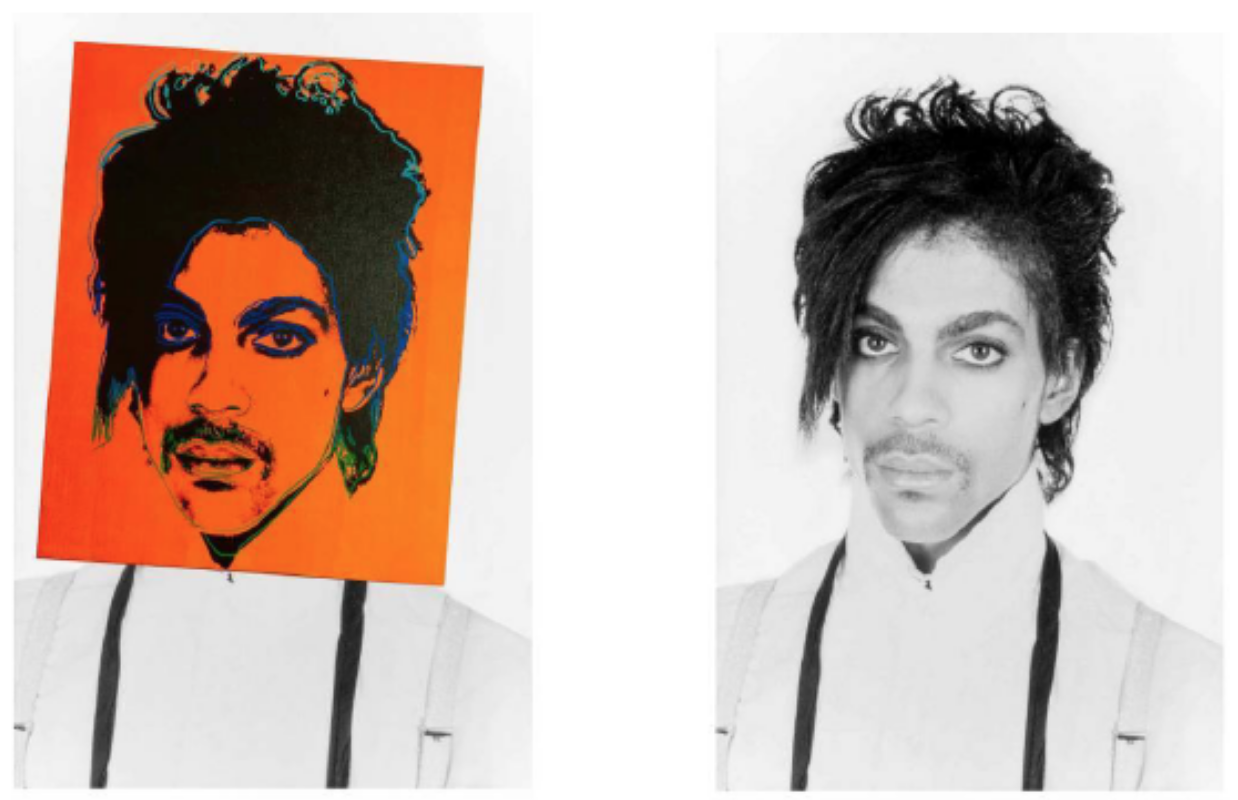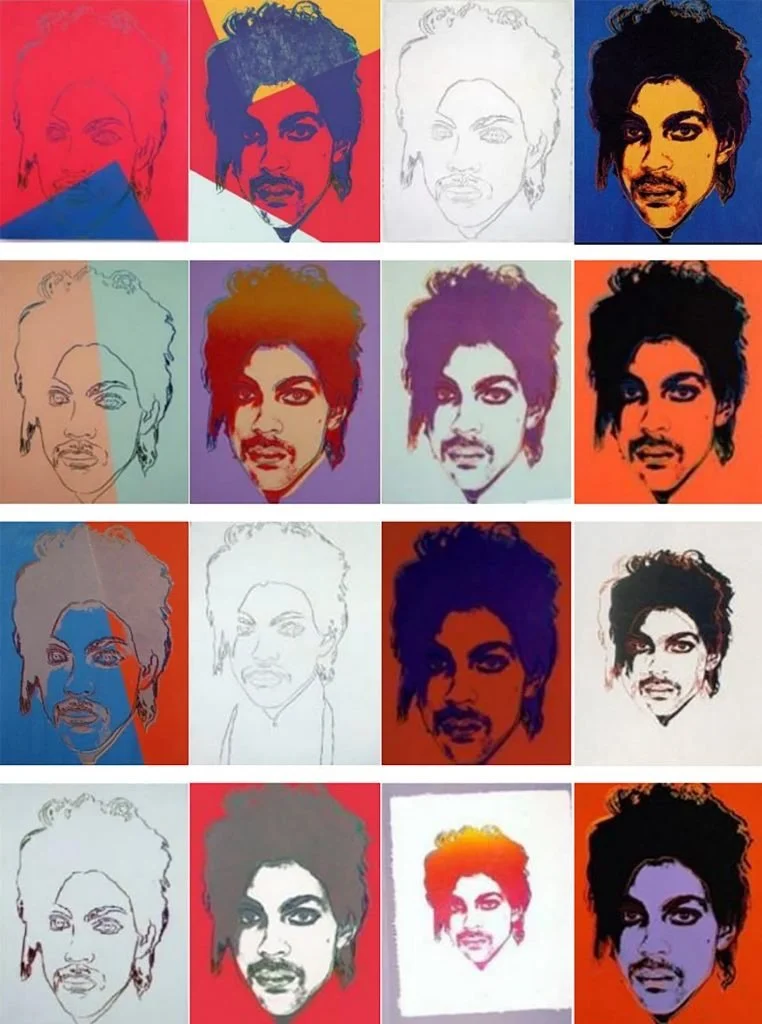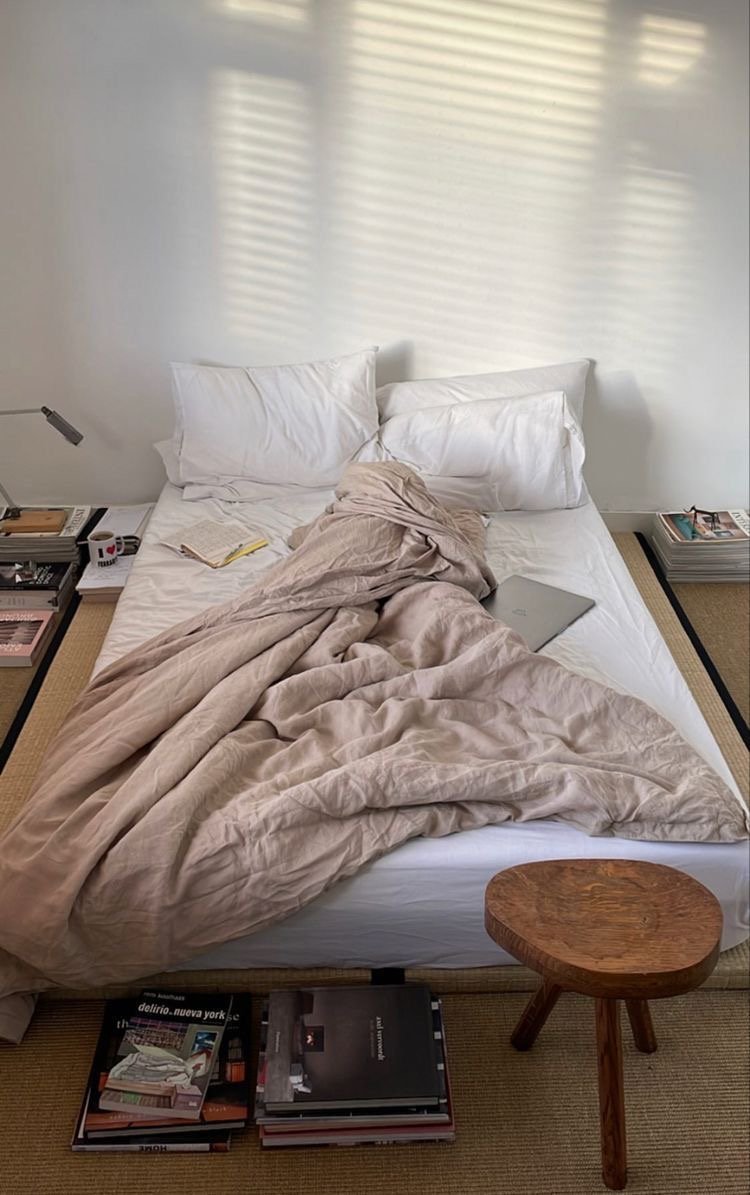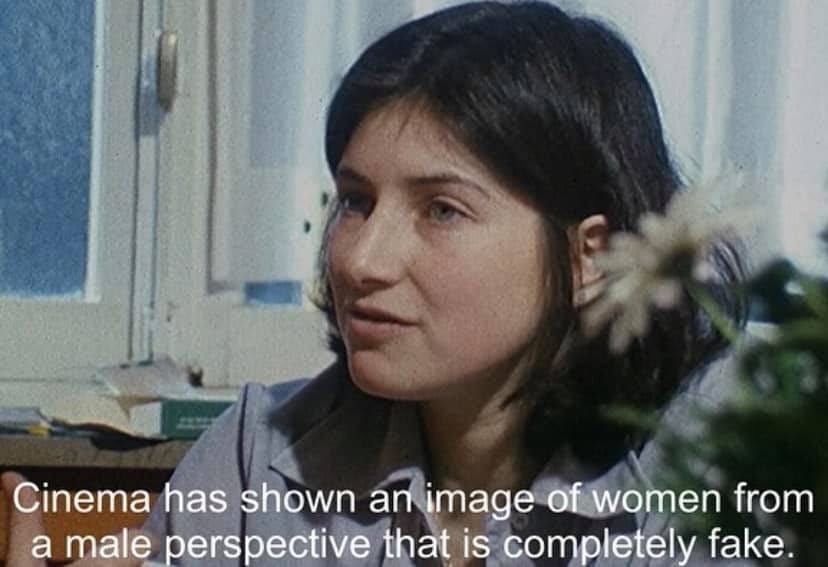The Future of Creative Copyright: Warhol v. Goldsmith
As the world is fully immersed in digital art, NFT’s and whatever new innovation may arrive next, there is more at stake now for artists at least copyright wise.
The legal wars between artists is nothing new. In past cases, it has been a musician battling out another musician on stolen chords, tracks and lyrics that has kept entertainment lawyers busy to no end. The obstacle that comes with creativity and putting your work out there is the day you discover it being used by another artist.
The subject of the copyright lawsuit are the 16 silkscreens titled the “Prince Series” by Andy Warhol is based on Lynn Goldsmith’s photograph taken in 1981. Currently being heard by the United States Supreme Court, a few judges contemplate with how to define whether a new artistic work based on an existing one is “transformative”. Basically, questioning whether or not or how does the new artistic work not violate copyright laws? Within its law, there is some fair use of a pre-existing art work as being lawful, such as when the new work portrays a different message altogether.
Naturally, when it comes to art works of any kind, the if’s, and’s and but’s can construe in varieties of personal ideations from the artist themselves, which in this case is difficult since Andy Warhol cannot speak for himself.
According to NBC News, “In 2019, a federal judge ruled in the foundation’s favor, saying Warhol’s images were transformative because, while Goldsmith’s photo showed a “vulnerable human being,” the Warhol prints depicted an “iconic, larger-than-life figure.”
As of March 2021 this landmark case continues to be argued in the U.S. Supreme Court, where it is split between conservative and liberal views within the justice system. The decision will be of great importance due to the possible ramifications for all creative talents and how the law can either limit the ownership of their work and/or the freedom and protection of creative expression.












